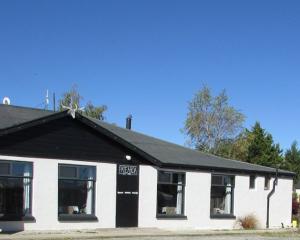Many New Zealanders cross the globe to experience exotic wildlife and nature when some of the best is in our backyard.
It only takes a cruise from the port of Bluff to the subantarctic islands to discover a rarely seen trove of treasures.
Brisbane photographer Michael Snedic has been travelling from Australia to New Zealand for eight years, teaching budding photographers on a 12-day subantarctic islands photo adventure.
International visitors — mostly Australian — get to experience the best of New Zealand’s offshore wildlife and landscapes by joining a Heritage Expeditions tour.

"I talk about the subantarctic islands and yet here we are in Invercargill about to get on a ship from Bluff and yet most people have never heard about them," Mr Snedic said.
The subantarctic islands are administered by Australia and New Zealand and include the Snares, Auckland Islands, Campbell and Macquarie Islands.
Mr Snedic urged New Zealanders to experience what was on their doorstep,
"You have these natural wonders of the world right here and you don’t even realise it.
"You’ve got the Snare penguin that is found nowhere else in the world and you’ve got the biggest colony of royal penguins on Macquarie Island."
In 1841, English botanist Sir Joseph Hooker described Campbell Island as having a "flora display second to none outside the tropics" and it was "flourishing and is nothing short of spectacular".
Campbell Island is New Zealand’s southernmost subantarctic territory and is the home of the Campbell Islands flightless teal.
Heritage Expeditions has run conservation-driven small ship cruises to some of the most wild, least explored and biologically rich regions on the planet for more than 35 years.
By Nina Tapu












